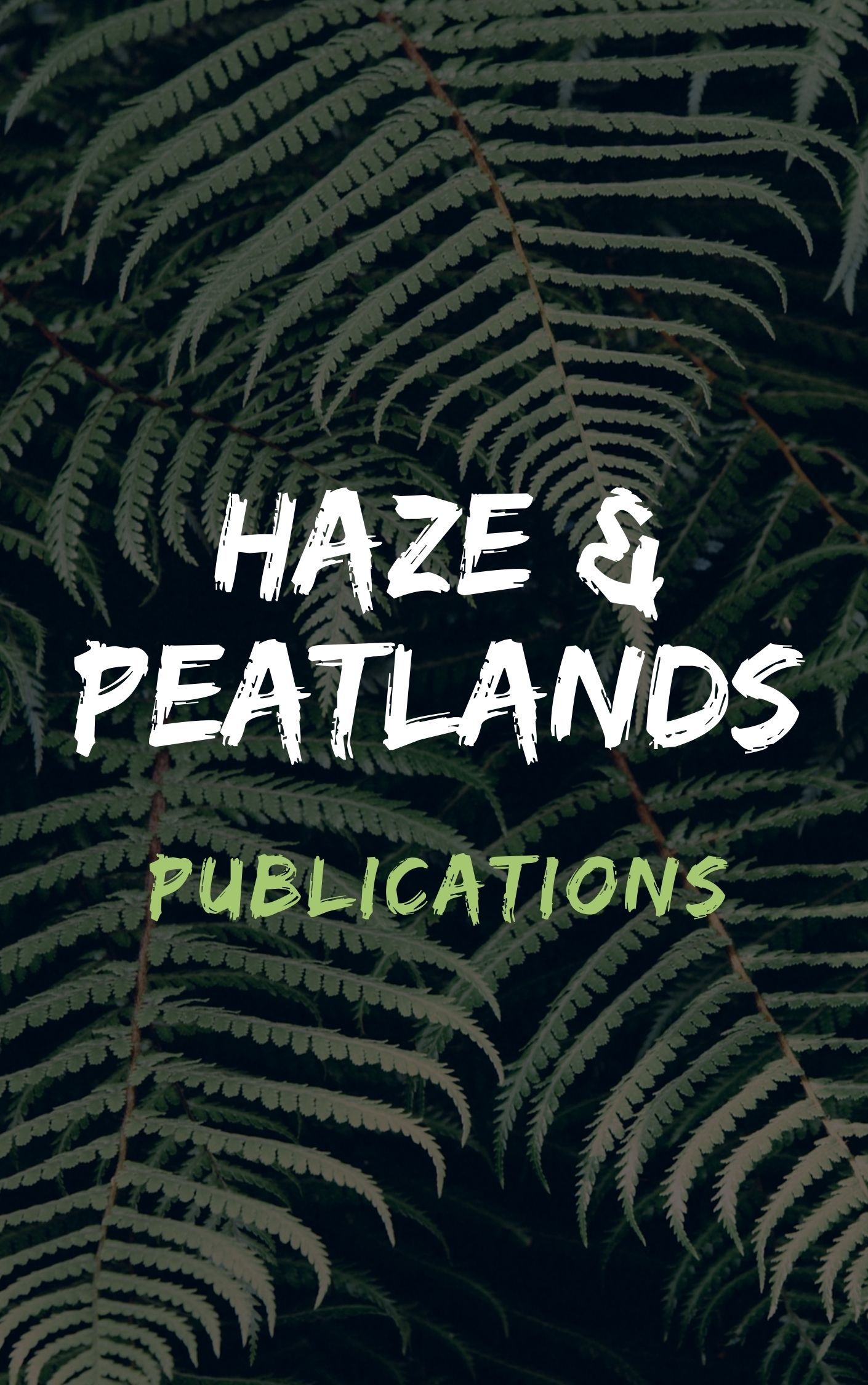Pollen and phytolith analyses of a 6.18 m core (3KUM) extracted from Lake Kumphawapi, northeastern Thailand provide the oldest continuous sequence of vegetation change for continental Southeast Asia. The combined microbotanical data suggest human/environment interaction from at least the Early Holocene to the present. An amelioration of arid Late Pleistocene environments in this region is indicated by the development of herbaceous swamp and swamp forest communities at the core site. Early Holocene vegetation changes reflect the rapid expansion and diversification of mixed-deciduous forests, which may also have been disturbed by anthropogenic burning. The Late Holocene reduction in dry-land forest and the subsequent establishment of secondary-growth forests, suggests a further change to burning regimes. Changes in both human subsistence strategies as well as climate occurred during this period, including the critical transition to rice agriculture. These changing subsistence patterns are reflected in the Kumphawapi record by evidence of shifting burning regimes, including indirect evidence of agricultural activities in the Middle Holocene. The timing and nature of agricultural development indicated by the archaeological data for northeastern Thailand needs to be re-evaluated in order to account for the burning regimes and vegetation changes evident in the 3KUM microfossil record.
View source

